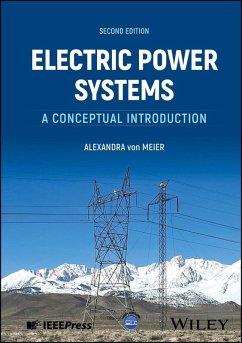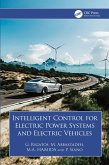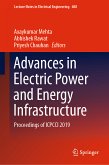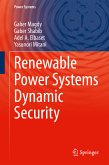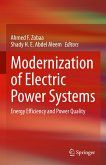Discover the technology for producing and delivering electricity in this easily accessible introduction to power systems
Electric Power Systems underlie virtually every aspect of modern life. In the face of an unprecedented transition from fossil fuels to clean energy, it has never been more essential for engineers and other professionals from diverse disciplines to understand the electric grid and help chart its future. Since its original publication, Electric Power Systems has served as a uniquely accessible and qualitative introduction to the subject, offering a foundational overview with an emphasis on key concepts and building physical intuition. Now revised and updated to bring even greater rigor and incorporate the latest technologies, it remains an indispensable introduction to this vital subject.
Readers of the revised and expanded second edition of Electric Power Systems will also find:
Electric Power Systems is an ideal textbook for graduate and advanced undergraduate students in engineering, as well as for a broad range of professionals, such as computer and data scientists, solar and wind energy manufacturers and installers, energy storage providers, economists, policy makers, legal and regulatory staff, and advocacy organizations.
Electric Power Systems underlie virtually every aspect of modern life. In the face of an unprecedented transition from fossil fuels to clean energy, it has never been more essential for engineers and other professionals from diverse disciplines to understand the electric grid and help chart its future. Since its original publication, Electric Power Systems has served as a uniquely accessible and qualitative introduction to the subject, offering a foundational overview with an emphasis on key concepts and building physical intuition. Now revised and updated to bring even greater rigor and incorporate the latest technologies, it remains an indispensable introduction to this vital subject.
Readers of the revised and expanded second edition of Electric Power Systems will also find:
- End-of-chapter problems to facilitate and reinforce learning
- New discussions of subjects including load frequency control, protection, voltage stability, and many others
- More quantitative treatment of topics such as voltage regulation, power flow analysis, generator and transformer modeling with numerical examples
- Entirely new chapters on generation and storage resources, power electronics, and the analysis of transmission lines
Electric Power Systems is an ideal textbook for graduate and advanced undergraduate students in engineering, as well as for a broad range of professionals, such as computer and data scientists, solar and wind energy manufacturers and installers, energy storage providers, economists, policy makers, legal and regulatory staff, and advocacy organizations.
Dieser Download kann aus rechtlichen Gründen nur mit Rechnungsadresse in D ausgeliefert werden.

